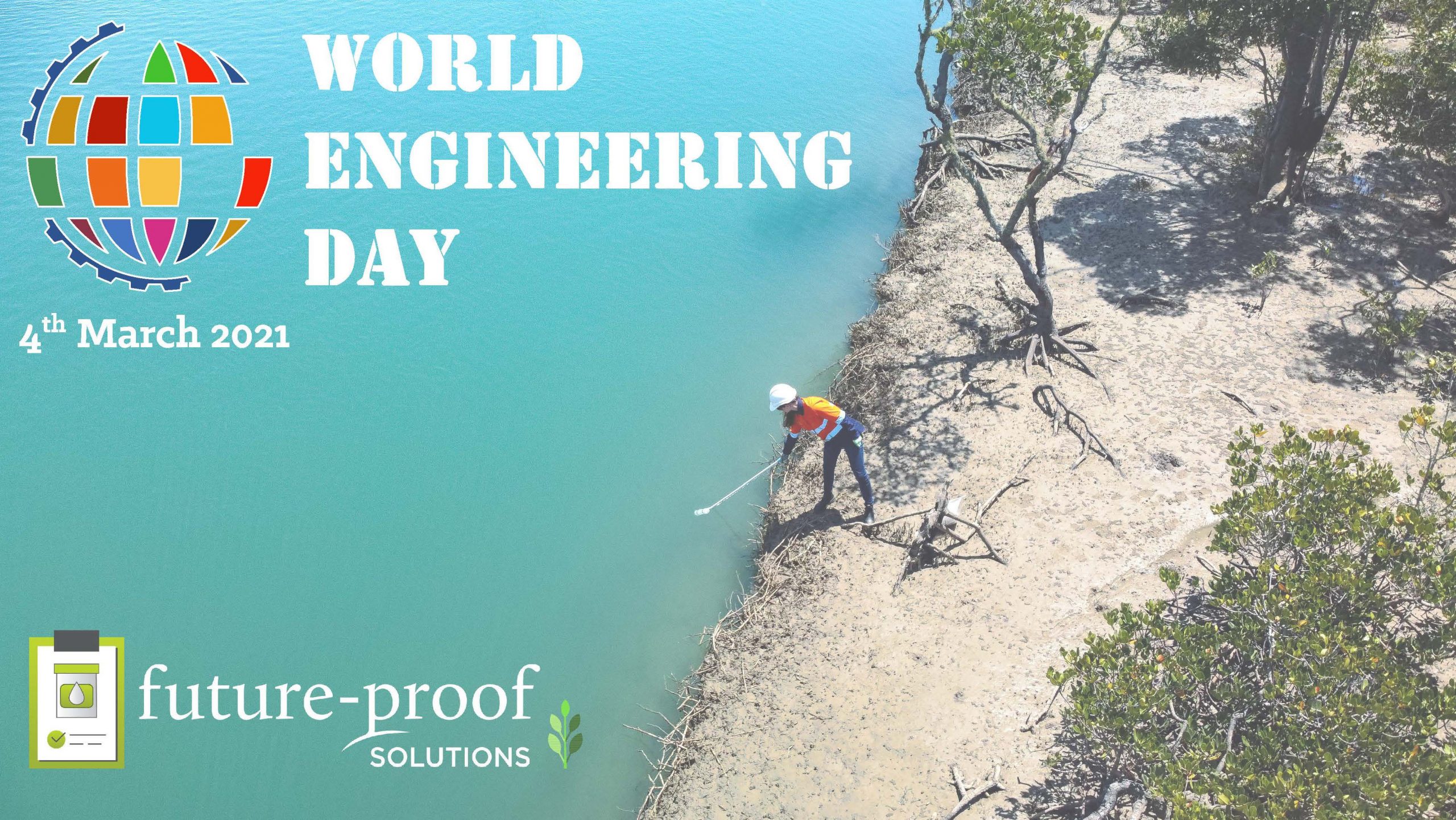
Two years ago, the United Nations Educational, Scientific and Cultural Organisation (UNESCO) proclaimed a new day of recognition: World Engineering Day (WED). Appreciating the growing, vital role that engineering and technology plays in modern life, WED – which is today, March 4 – seeks to highlight achievements of contemporary engineering, as well as to further promote engineering’s role in humankind, life, and the planet.
Coinciding this year with the launch of UNESCO’s new Engineering Report, “Engineering for Sustainable Development: Delivering on the Sustainable Development Goals”, WED ’21 is focused on how engineering contributes to a healthy planet. And in this vein, we have a lot to recognise and celebrate in the trenchless engineering space.
Trenchless engineering, as a newer engineering discipline which provides a lower impact, modern alternative or supplement to traditional pipeline installation, is particularly relevant to achievement of the UNESCO Sustainable Development Goals. These include the following:
- SDG 6: Clean water and sanitation
One of the most common applications of trenchless engineering is for the installation of water and sewer pipelines. Trenchless technology is also commonly used to facilitate large-scale moves toward more environmentally friendly sanitation solutions, such as the global phasing out of untreated sewage outfalls.
- SDG 7: Affordable and clean energy
Trenchless engineering plays a major role in making clean energy projects possible. A high-profile example of this is in Australia’s largest renewable energy project to date, Snowy Hydro 2.0, which will include 27km of tunnels connecting two dams in a closed loop hydroelectricity generation system. Trenchless methods are also commonly used to install offshore wind farm power connections, solar farm connections, and the like.
- SDG 9: Industry, innovation, and infrastructure
The trenchless engineering industry is highly focused on innovation in order to advance technology, methods, and the industry overall. Professional societies such as the ASTT, ISTT, and NASTT have been established to increase knowledge and education in trenchless technology, providing forums, training, resources, and other professional development to further innovate in the trenchless space.
- SDG 11: Sustainable cities and communities
Trenchless engineering decreases the reliance on traditional higher-impact pipeline installation methods, promoting environmental sustainability. Trenchless installation also decreases the impact on cities and communities via lessening impacts on transport systems and industry during construction, and providing cities and communities with long-term, durable installations that stand the test of time.
Overall, trenchless technology is a great example of the ability of modern engineering and methods to bring about material benefit and sustainable development on a global scale. At Future-Proof Solutions, we’re proud to recognise the achievements of the industry and trenchless engineering’s important and growing contribution this WED.
